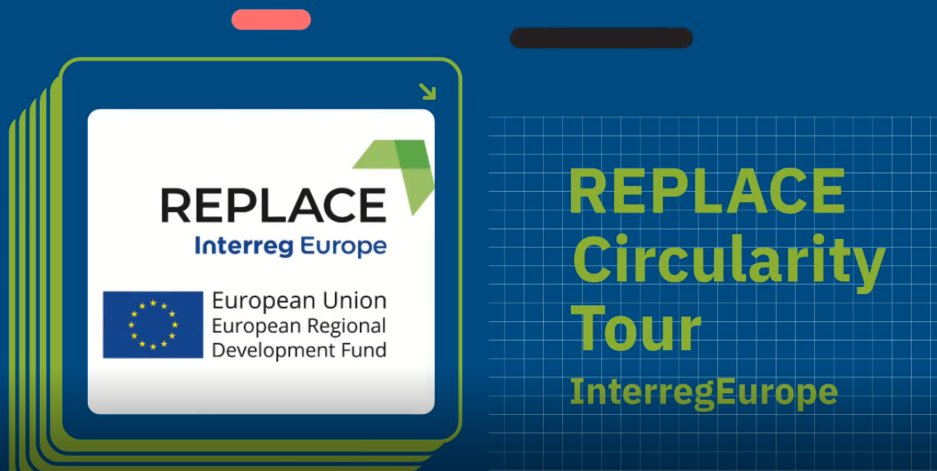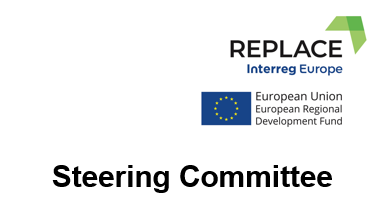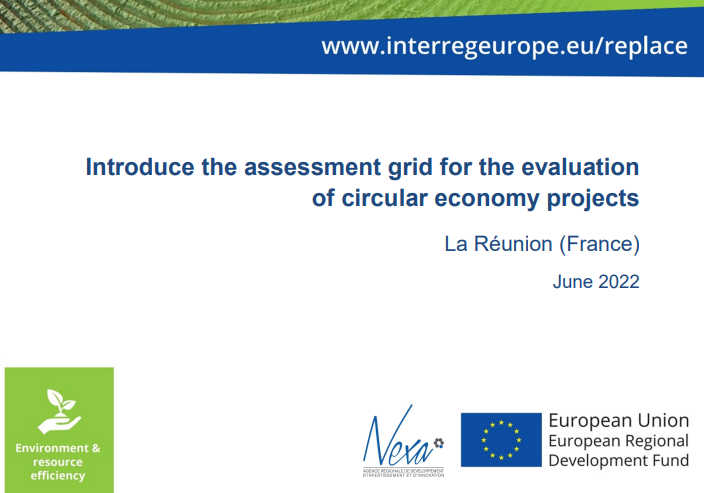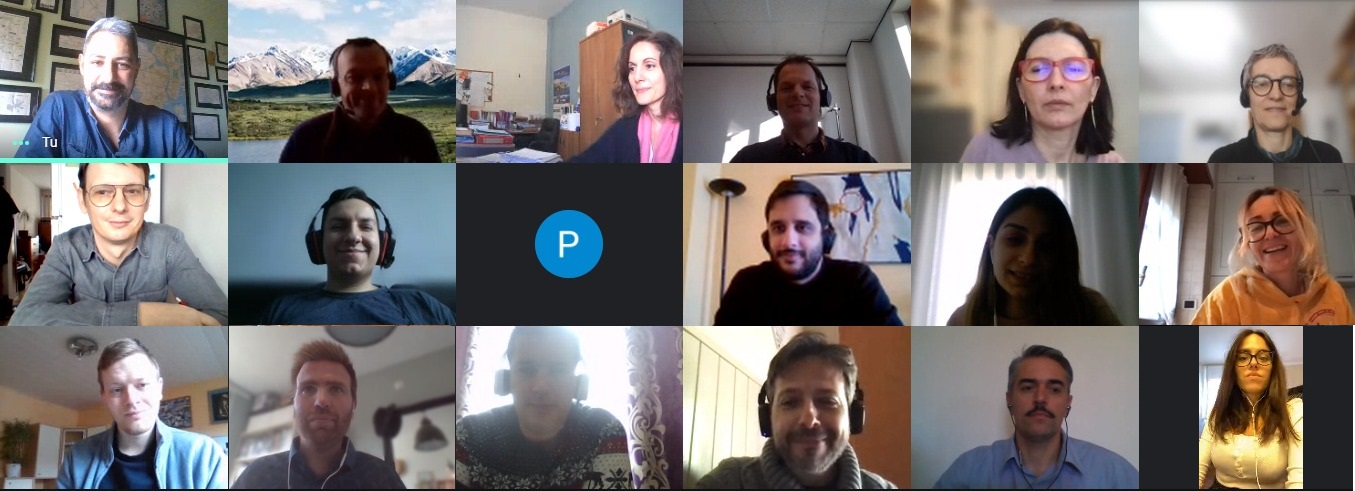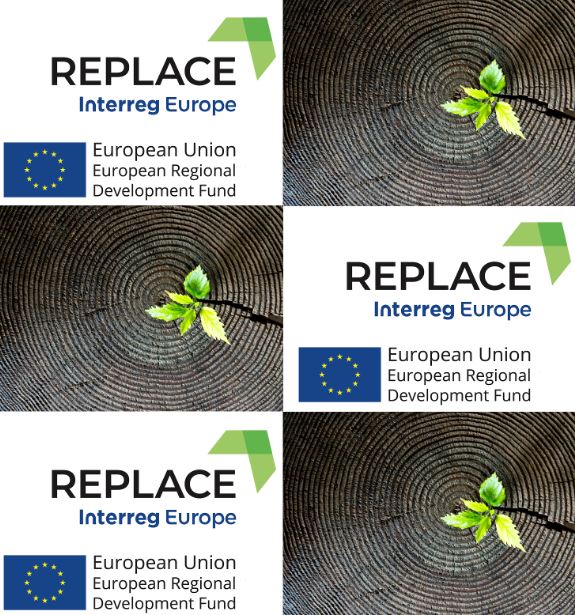On Tuesday 2 March 2021, CIRCuIT and REPLACE joined forces to discuss circular economy progress in Hamburg and raise awareness of the benefits this new sustainable economic model can bring.
CIRCuIT: Circular Construction in Regenerative Cities is a collaborative project involving 31 ambitious partners representing the built environment value chain, from Copenhagen, Hamburg, the Helsinki Region and Greater London. Funded by the European Commission’s Horizon 2020 programme, the project will support the creation of regenerative cities by implementing sustainable and circular construction practices.
Keynote speaker, Ana Julia Kuschmierz, City of Hamburg Senate Chancellery’s CIRCuIT project manager, kick-started the virtual event by introducing the current state of progress towards a circular economy in Hamburg. Compared to other industries in the city, the construction industry produces the most waste, but she was keen to stress the value that Hamburg and the Senate Chancellery place on circular economy practices. Mirko Kruse from the Hamburg Institute of International Economics followed with an introduction of REPLACE by focusing on the results of the Local Analysis that highlighted the sectors with the highest potential for the circular economy transition in Hamburg:
- Circular and renewable construction
- Circular material loops, e.g. electronics or plastics
Since one of the focus sectors for the circular economy transition, evidenced by HWWI in REPLACE local analysis, is the construction one, CIRCuIT and REPLACE will look forward to cooperating in understanding the strategy that the City of Hamburg can deploy to capitalize on the circular opportunities that the sector highlights.
A number of interesting discussions amongst participants around where the current gaps and future potential for improvement lie within the circular construction industry followed the initial introductory phase.
Conversations highlighted areas where further work is needed – such as transformation and upcycling demolition materials. Concrete, for example, makes up a large proportion of the material used in the streets of Hamburg and its infrastructure and could be captured from demolition sites and reused within new buildings. Although there are some helpful legal regulations in place (such as the Closed Substance Cycle Waste Management Act), additional circular economy pilots and practices are needed to make a real impact on the e uptake of circular construction approaches.
But all those involved in the debate were in agreement that more education is needed for stakeholders in the built environment – architects, developers, builders and engineers – on the existing rules and regulations around the use of circular materials in building projects, for example in the areas of safety, warranty, and insurance.
Other barriers to uptake of circular approaches highlighted during the debate included how difficult it can be to justify the extra time and costs it takes to test and certify recycled and/or recovered materials such as concrete.
It is evident that the industry needs more collaboration and that a platform that brings relevant built environment actors together, fostering synergies and allowing expertise and experiences to be shared would be invaluable. This is an encouraging endorsement for the work that CIRCuIT are currently undertaking on a Circularity Hub.
Click here to read the Local Analysis of Hamburg performed by HWWI
To stay tuned with CITRCuIT:
- Twitter @CIRCuITH2020
- YouTube CIRCuIT
- LinkedIn CIRCuIT - Circular Construction


